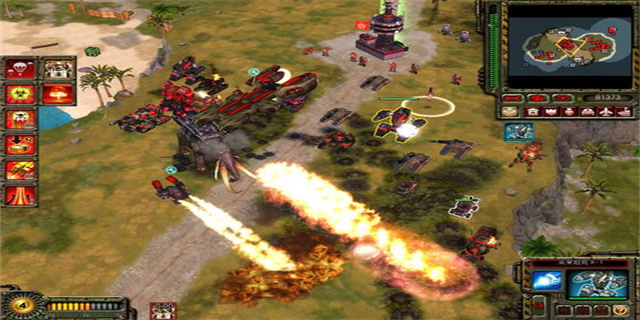gears(Gears The Marvels of Mechanical Engineering)
Gears: The Marvels of Mechanical Engineering
Gears are a fundamental part of mechanical engineering, playing a crucial role in various machines and mechanisms. These simple yet intricate devices transmit power and motion from one component to another, enabling the smooth operation of countless applications. In this article, we will explore the remarkable world of gears, their types, functions, and applications in diverse industries.
The Basics of Gears
Gears are mechanical elements with toothed wheels that mesh together to transfer rotational motion or power. They can increase or decrease the speed, torque, and direction of a motion, depending on their arrangement. The main components of a gear system include the gear wheel, also known as the gear, and the pinion, which is the smaller gear connected to the driver mechanism.

The teeth of gears are carefully designed and machined to ensure precise engagement and smooth operation. The shape, size, and number of teeth greatly influence the performance of gears. The most common types of gear tooth profiles include spur, helical, bevel, and worm, each tailored for specific applications.
Types and Functions of Gears
1. Spur Gears: Spur gears are the simplest and most common type of gears. They have straight teeth, which are mounted parallel to the gear axis. Spur gears are efficient in transferring power between parallel shafts, albeit producing high noise levels due to their straight-tooth configuration and higher contact stress.

2. Helical Gears: Helical gears are an improved version of spur gears, featuring angled teeth. These teeth form a helix shape, which allows smooth engagement and transition of power between parallel or non-parallel shafts. Helical gears have reduced noise levels compared to spur gears but are slightly less efficient.
3. Bevel Gears: Bevel gears are used to transmit power at any angle between shafts that intersect. These gears have conically shaped teeth, enabling tapered engagement and torque transfer. Bevel gears are commonly found in differential systems, automobiles, and other applications requiring changes in direction.
4. Worm Gears: Worm gears consist of a worm, which is a spiral gear, engaging with a standard gear. These gears are used to transmit power between perpendicular shafts. Worm gears possess high gear ratios, enabling a single shaft rotation to exert a significant torque on the other. They are commonly employed in applications requiring high reduction ratios and self-locking capabilities.
Applications of Gears
Gears find extensive use in a wide range of industries and applications due to their versatility and reliability. Some common applications include: 1. Automotive Industry: Gears are crucial in the operation of automobiles, where they facilitate gear shifting, power transmission, and speed adjustment. Gear systems are present in automatic and manual transmissions, differentials, and steering mechanisms. 2. Manufacturing Sector: Gears are used in various machinery, such as lathes, milling machines, and industrial robots. They enable precise control and motion adjustments, helping in the efficient production of diverse components and products. 3. Power Generation: Gears are essential in power generation systems, including wind turbines, hydroelectric plants, and steam turbines. They convert the rotational motion of the turbine blades into electrical power. 4. Aerospace Industry: Gears are vital in aircraft engines, landing gear systems, and flight control mechanisms. They transmit power between different components, allowing smooth operation and control of various aircraft systems. 5. Robotics: Robotics heavily rely on gear systems for precise motion control and torque transmission. Gears enable robots to perform complex movements and tasks with accuracy and repeatability. In conclusion, gears are the marvels of mechanical engineering that enable motion transmission and power transfer across countless applications. With various types and functions, gears play a vital role in industries ranging from automotive and manufacturing to power generation and aerospace. These intricate mechanical components continue to shape the advancements in technology and innovation, driving progress and efficiency in our everyday lives.


暂无评论,885人围观